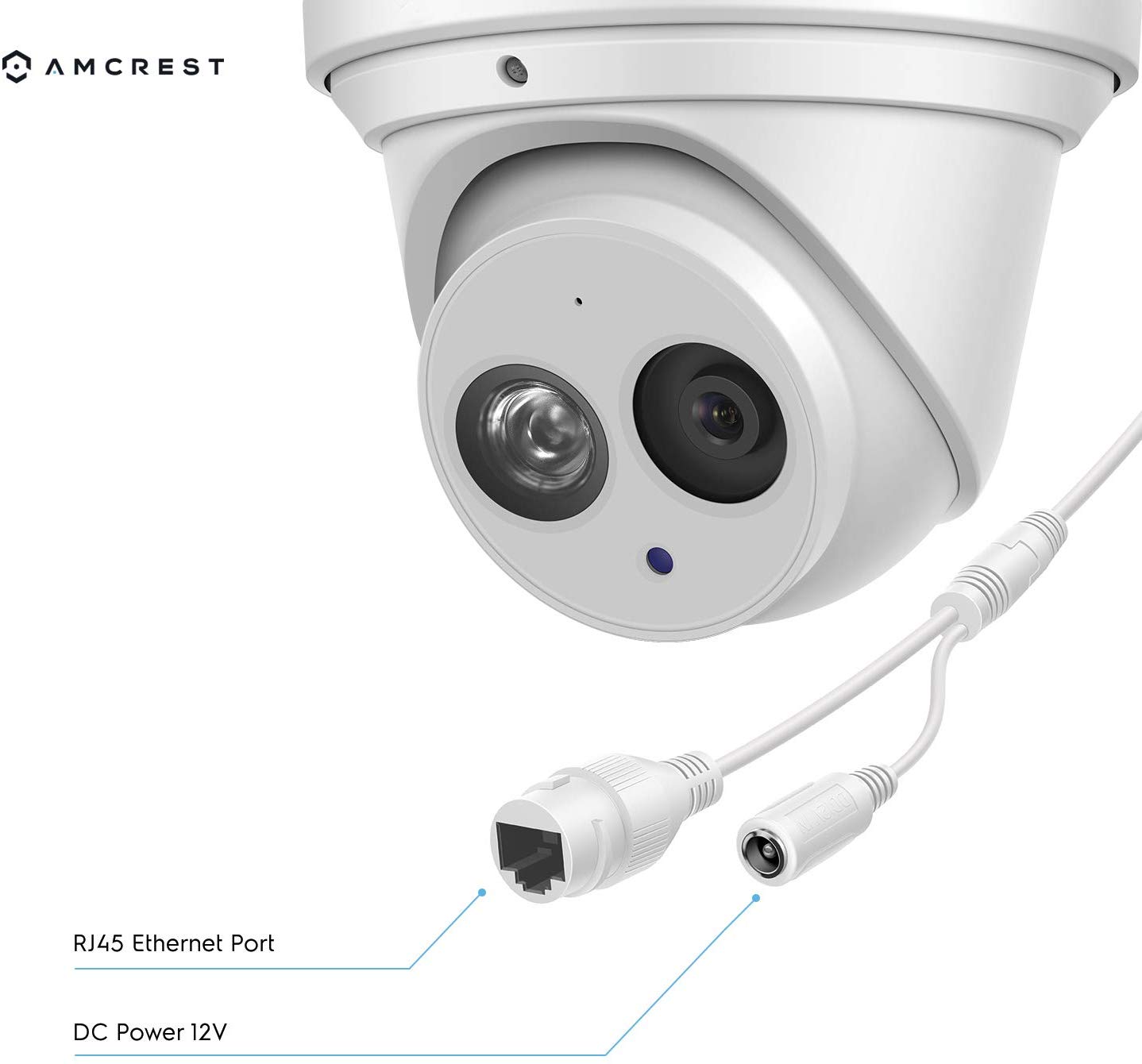


Today's IP cameras allow live viewing, continuous recording, run on a schedule, or be triggered by an event. One of its primary advantages is the ease with which it can be installed: all that is required is a network connection and to configure the camera. IP cameras can be utilized on a wired network through an ethernet cable linked to a broadband modem or router, wirelessly using a WiFi router, or through a cellular network. IP cameras, like digital cameras, take pictures and compress them for transmission over a network. If you want to learn more about how video analytics work with video surveillance systems, read our definitive guide to video analytics here.
SIMPLE IP CAM SOFTWARE
Some camera companies even include their own video management software or video analytics solution for a specific use case, when selling their products. They are frequently used in conjunction with network video recorders (NVRs) and, on occasion, digital video recorders (DVRs), making them a popular business video surveillance option. The way an IP camera works is simple and convenient.Īn IP camera communicates with a network through WiFi or a Power over Ethernet connection (PoE). IP cameras use the same technology as phones and computers to connect to a network. Unlike conventional closed-circuit television cameras (CCTV), IP cameras require a local network and no local recording hardware. They are frequently employed in surveillance. How Artificial Intelligence Enhances IP CamerasĪn IP camera is a digital security recording device that collects and delivers video footage via an IP network.In this article, we will specify what an IP camera is, how they work, and what it can bring to critical industries when it is combined with AI. Internet Protocol cameras (or IP cameras), as they are usually referred to, bring together all the power of video surveillance combined with the capabilities of the Internet.


 0 kommentar(er)
0 kommentar(er)
